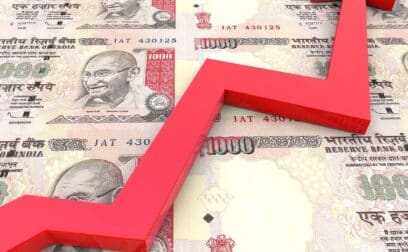Definition
Variable costs are expenses that vary in direct proportion to the level of production or business activity.
What are variable costs?
In other words, they are costs that change with the quantity of goods or services a business produces. As production increases, variable costs also rise, and as production decreases, variable costs decrease.
Examples of variable costs:
- Raw materials: The cost of raw materials needed to manufacture products is a classic example of a variable cost.
- Labour: In some industries, especially those with a piece-rate payment system, labour costs are considered variable.
- Utilities: In many cases, the cost of utilities is tied to production levels. A factory using more energy to produce more goods is an example.
- Direct labour: For industries where labour costs are directly tied to production, the wages of production workers can be considered a variable cost.
- Sales commissions: In businesses where salespeople receive commissions based on the number of units sold, this is a variable cost.
Since variable costs are directly tied to production levels, they are often considered more controllable in the short term. This means that a business can adjust its production levels to manage variable costs.
Variable costs are typically accounted for in a company’s income statement as direct costs of goods sold. They are matched with revenue to determine gross profit.
Example of variable costs
Let’s consider a company that manufactures bicycles. Some of the variable costs associated with producing bicycles include:
- Raw materials: The cost of steel, rubber, and other materials used in manufacturing the bicycle frames, wheels, tires, and other components. As the company produces more bicycles, the cost of raw materials increases proportionally.
- Direct labor: The wages paid to assembly line workers who assemble the bicycles. The more bicycles the company produces, the more hours of labor are required, leading to higher labor costs.
- Utilities: The cost of utilities used to power the manufacturing equipment and facilities. As production levels rise, the consumption of utilities increases, resulting in higher utility costs.
These costs vary directly with the level of production. If the company produces fewer bicycles, variable costs decrease accordingly. Conversely, if production increases, variable costs also increase.
































 yet? Register here!
yet? Register here!